-
Posts
10,081 -
Joined
-
Last visited
-
Days Won
6
Content Type
Profiles
Forums
Events
Gallery
Blogs
Store
Posts posted by Ray T
-
-
44 minutes ago, springy said:
AIUI all Clayton's tank boats were wooden, they did briefly own at least one second hand iron composite (Adder ex FMC IIRC) but disposed of it fairly quickly. For the tar traffic the wooden hull was important as it acted as an insulator keeping the heat in and the tar more liquid.
springy
Springy, thank you. It gives me an excuse to model Adder, perhaps?
Cowburn and Cowper had some metal tanker boats but AIUI these boats had long tanks in the holds which carried carbon disulphide for Courtaulds.
-
https://www.canaljunction.com/heritage/craft/thomas_clayton.htm
I have ordered a model NB kit from here: https://www.mobilemarinemodels.com/margaret--joy-49-c.asp
I am considering modeling one of Claytons tanker boats. The hull is a GRP molding complete with rivets.
Having consulted "Claytons of Oldbury" I am unsure if any of Claytons tankers were of metal construction. I know the majority were wood.
Any help please?
-
5 hours ago, Teresa Eade said:
Good morning,
I've just found this chat and I am very interested in the names and photos of lock keepers at Hatton as my 3 times great grandfather Isaac Knight was listed on the 1871 census as a lock keeper then on the 1891 and 1901 census as a canal labourer on locks. Hopefully someone can help me with some information about this please, many thanks, Teresa
@Teresa Eade Worth joining this site?
https://www.facebook.com/groups/379770275469928
-
Eggs at Castleford.
Abusing canal boaters is nothing new.
When chatting to Mike H in the past he told me of:
Being called water gypsies and other names.
Stones were thrown at them.
Spat upon.
Fireworks thrown at them during Novembers.
"Don't want dirty boaters in my shop, get out."
Men piddling on them from bridges.
A man "mooned" at Mike's mum at Norton Junction so his dad got his air rifle out and shot his ar$e.
-
 1
1
-
-
-
There were some "Box Boats," used to deliver coal.
From CRT Archive:972.0075
Bridgewater Canal box narrow boat with cabin moored in industrial area
Description
August 2021 - information received suggests that this is Box Boat Tug FRED built in 1943 for Manchester Collieries. Engine Gardner 2L2 now in FMC ALDER. (Web sub. no.71673)Reference code
972.0075


-
 1
1
-
-
There is of course Gifford!
Mrs. Mary Smith with Ben Smith by the 'oss and Jack Smith.
Top and middle photo's, Graham Guest, top of Spon Lane Locks. Some of his photos are featured in the Robert Wilson series "Claytons of Oldbury" by Alan Faulkner.
Middle photo believed to be 1964.
Coal tar was a by product of the gas works many towns and cities had. Leamington Spa was one, the gas works being beside the G.U.

-
Just purely from observation on my part, during my travels for BT, the smaller telephone exchanges had Gardner or Lister engines as standby generators. These were regularly run and well maintained, with not a lot of hours on them. @cuthound will know more. I don’t know if any finished up in canal boats though.
-
29 minutes ago, alan_fincher said:
Thanks to Captain Pegg & RayT for their explanations.
From memory her early life afloat was with horse boats.
She, her parents, and her siblings are the subject of the biography "A Horse A Boat And you". It gives a very good insight to those born on the boats, and who stayed with them to the very end of long distance carrying.
She could hardly have been more embedded in the boating tradition. Two of her sisters, Vera and Ann married Ken Ward and Ted Ward, who were themselves brothers, although I am fairly certain she has outlived all of these.
I didn't know her well, but did converse with her from time to time. Her brother-in-law Ken Ward and her sister Vera Ward (nee Wain) operated our boat FLAMINGO for Willow Wren CTS in the late 1960s.
Edward George Ward (Ted) Ward passed away 16th July 1997 age 55. His wife Elizabeth Ann Ward, 9th January 2016, age 69.
Kenneth Ward passed away 31st March 1992 age 48. Vera was born 1943 but I have no further information.
They are interred at Windmill Road, Cemetary, Longford, Coventry.-
 2
2
-
-
For those who don't know of Alice.
-
 4
4
-
-
The historic brigade are on their way to The Port for the Easter gathering. They usually stop at Chester before being released in an orderly manner to the museum. I think the basin is used then.
-
Not boring at all.
-
With regard to "credible history" I do miss my meetings with Mike Humphris. He had a fabulous memory and was always willing to talk to me about the boating life, warts and all! Not the pastiche we get on TV now!
-
46 minutes ago, Sir Percy said:
I learned something, or at least heard something that I hadn't previously thought about; that the operators of boats and their families didn't initially live on board. Also, that they sometimes took on board a child from another family and sometimes had them separated up in the forecabin. I might take that last bit with a pinch of salt.
It was the effect of the railways which caused the operators and owner boatmen having to lower their charges to retain traffic and hence couldn't afford to keep a house on the land. The captain was the only one who was paid so his wife and children were "free" labour. Often boat families were quite large and children were "loaned" out to other boat owners who may not have had children. William Humphris "loaned" Jeanne, one of his daughters, to Jack and Rose Skinner but when she fell off the boat in a lock William blamed them and had his daughter back.
I think the programme meant that older boys and girls were separated into the fore and aft cabins for obvious reasons, Not just children from other families.
-
 1
1
-
-
2 hours ago, Graham_Robinson said:
What did you all expect?
They make these programmes to attract viewers, seems like they attracted or should that be trapped a few from here. 😃
If they started discussing the merits of the small Woolwichs' versus the large Northwichs' or even mentioned the word 'Josher' ( I would have turned off then ) your average channel hopper would have fallen asleep.😴Thought the filming / quality was good and would have liked to have seen drone footage going up the pillars and underneath the trough, up close and personal on 'that' aqueduct.
I suppose we should be thankful someone has taken the time to make this programme.@Graham_Robinson Graham, best photo's I have.
At least Pontcysyllte was pronounced correctly. Unlike in the BBC "The Golden Age of Canals" Where the narrator pronounced it "The Pontyselect!" -
8 minutes ago, Hudds Lad said:
I thought this was going to be a post about deterring the undesirable element from your boat with a bit of wooden persuasion

I believe the term is "Weapon of opportunity."
A "weapon of opportunity" (also known as an improvised weapon) is any object not normally associated as being a weapon, being used as a weapon out of necessity.
-
-
There is of course Henry Grantham's Forget Me Not.
http://nurser.co.uk/construction/boats-repaired-converted-/forget-me-not.html
-
 1
1
-
-
3 hours ago, magnetman said:
Fire is interesting. Bulkhead mounted is a good approach but I wonder if there is some artistic licence in that image.
Looks a bit like a Jotul but they are much too big and also mounted on legs.
Intriguing if it is an actual fire. Do any still exist?
I seem to recall there was an incident where two young girls were poisoned by carbon monoxide from a fire in the front cabin, a third survived.
Thereafter the authorities banned stoves in the front cabin. I think this was in the 1930's, I stand correction. -
On 03/03/2024 at 13:26, BoatinglifeupNorth said:
Wilson is originally from the Potteries and he calls them Fore or Front Cabins. I heard the story that the name came from the ware that was carried in that part of the boat, expensive fragile pottery heading to London. But we’ll never know, so some will call them Potters and others will call them Fore.
From the book "Care on the Cut" by Dr. Sadler-Moore, Lorna York & Chris M Jones.
Also I believe the word Cratch is derived from the French word crèche meaning amongst other things manger, where straw & hay were stored i.e. the bow area of horse boats.
The fitting which supports the top plank is as far as I am aware a deck board as it sits on the deck beam
Although to compound the issue Edward Paget-Tomlinson refers to it as a Cratch.
From here: Historic Narrow Boat Features - The Inland Waterways Association
12. CRATCH BOARDS
The ‘cratch’ is the name given to the area at the front of a narrow boat’s hold, protected by a ‘cratch board’ (also known as a ‘deck board’). The shape is triangular with the top of the triangle cut off. Often highly decorated, it supports the top planks and protects the cargo.
-
19 hours ago, Captain Pegg said:
My own dislike is the use of the name ‘Wigrams’. It’s a term that seems to have come back into modern usage probably via the books published by the wartime female trainees (themselves never called Idle Women in their own time).
I don’t dispute that boaters once used this term but what they were saying was “Wiggerham’s” in the hybrid Midlands accent that boaters tended to have.
It’s someone’s name so somewhere along the way somebody should have done some research and got the spelling correct, particularly for the marina which in my view spoils the look of the place to boot.
How crap to be remembered by folk that never knew you and can’t be arsed to spell your name correctly.
Mike Humphris always called the 3 locks at what is now Calcutt, “The Wigram’s Three.” Never Calcutt locks. Bearing in mind he came from 6 generations of Oxford boat people.When ever I spoke to Mike I had to use place names and terms he recognised otherwise he would say “I don’t know what you are talking about Ray.” E.g. the Ashby Canal was always “The Moira ( prounounced ‘Moiree’ by Mike) Cut.”
I always loved listening to Mike speak, he would say Oxford with a lovely drawl and in almost the next breath come out with ‘tis arr in a perfect Black Country accent.
-
-
1 hour ago, Mike Nicoll said:
I have read through this post there is no mention of the history of these two boats.
I believe that for some years they were operated as hotel boats.
It is a sad fact that these have had there time, these days the cost is greater than the interest.
Mabel was originally owned and run by John and Mary Wilson nee Humphries.
Mabel was later sold to Michael Rogers who ran her as a working boat before converting her to a hotel boat at Tooley's yard Banbury. See A Canal People page 122 Longden / Rolt.There was a Forget me Not run by Rose & Jack Skinner, horse boat. I'm not sure if this is the same boat.
There is also a Forget me Knot originally owned by Henry Grantham which became Golden Boy and the rebuilt Sunny Valley in the film Painted boats.
-
 1
1
-
-
Speaking to a neighbour who is into his 90's recently. He said "It is no fun growing old Ray, there's little future in it!"
I won't go into the nitty gritty but 6 months ago I decided to voluntarily surrender my driving license due to an "Asymptomatic" head issue discovered by pure chance. The problem is slowly curing itself but I will have to wait and see. It is not only physical issues you may have to deal with but hidden ones that suddenly appear as well.
I can still steer the boat but at the moment I have to either get a bus, taxi or rely on Mrs. T to ferry me around.
I'd be well and truly "stuffed" if I didn't have bricks and mortar to fall back on.
To miss quote Buzz Lightyear "To infirmity and beyond." 😁
Check if a health condition affects your driving: Overview - GOV.UK (www.gov.uk
-
 1
1
-







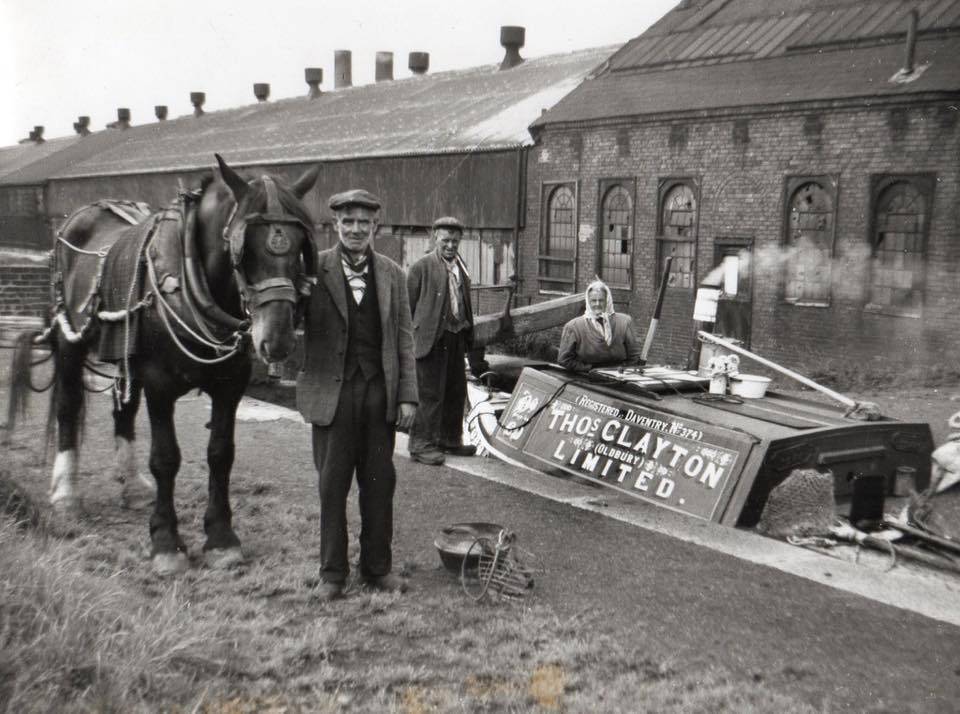
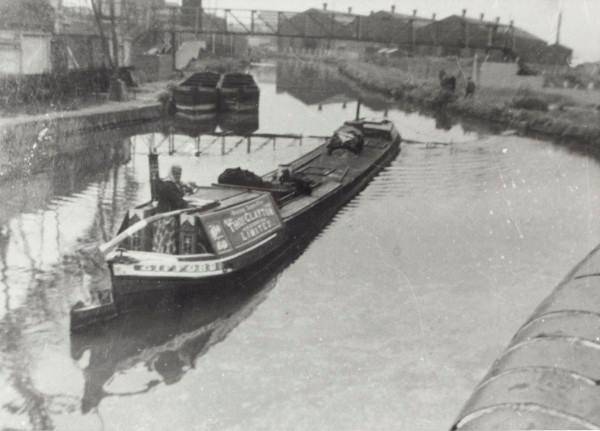



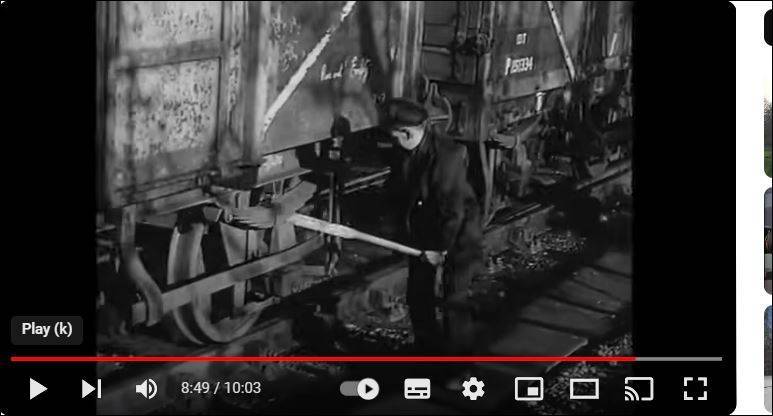
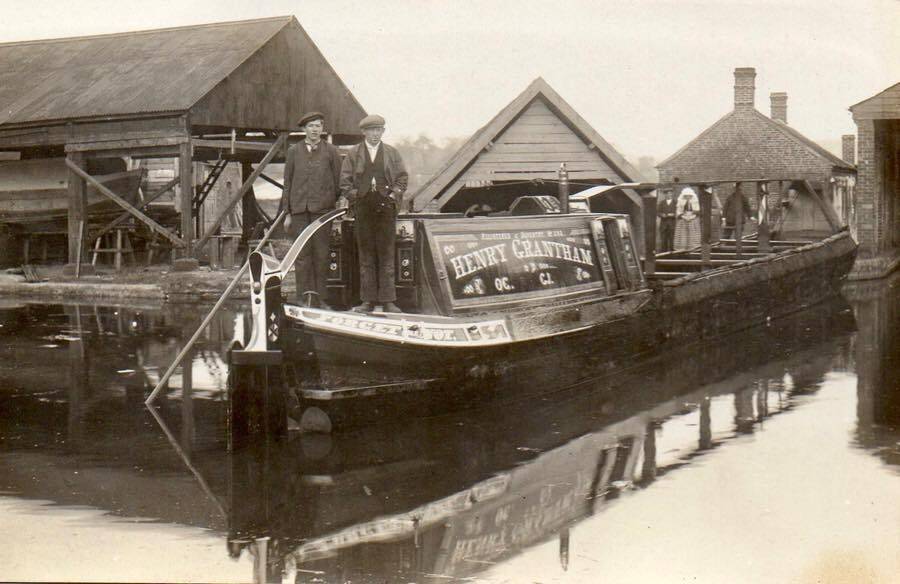
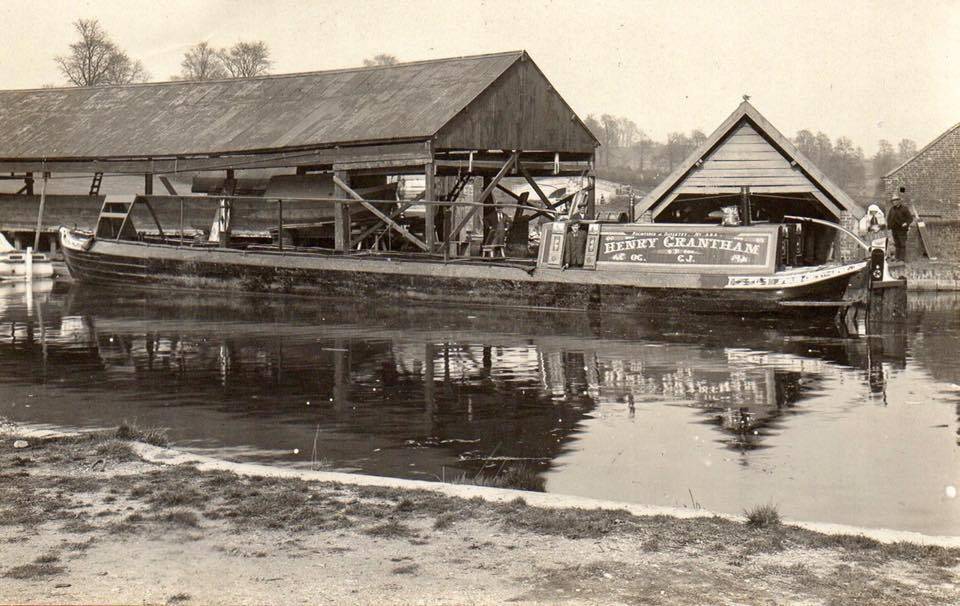
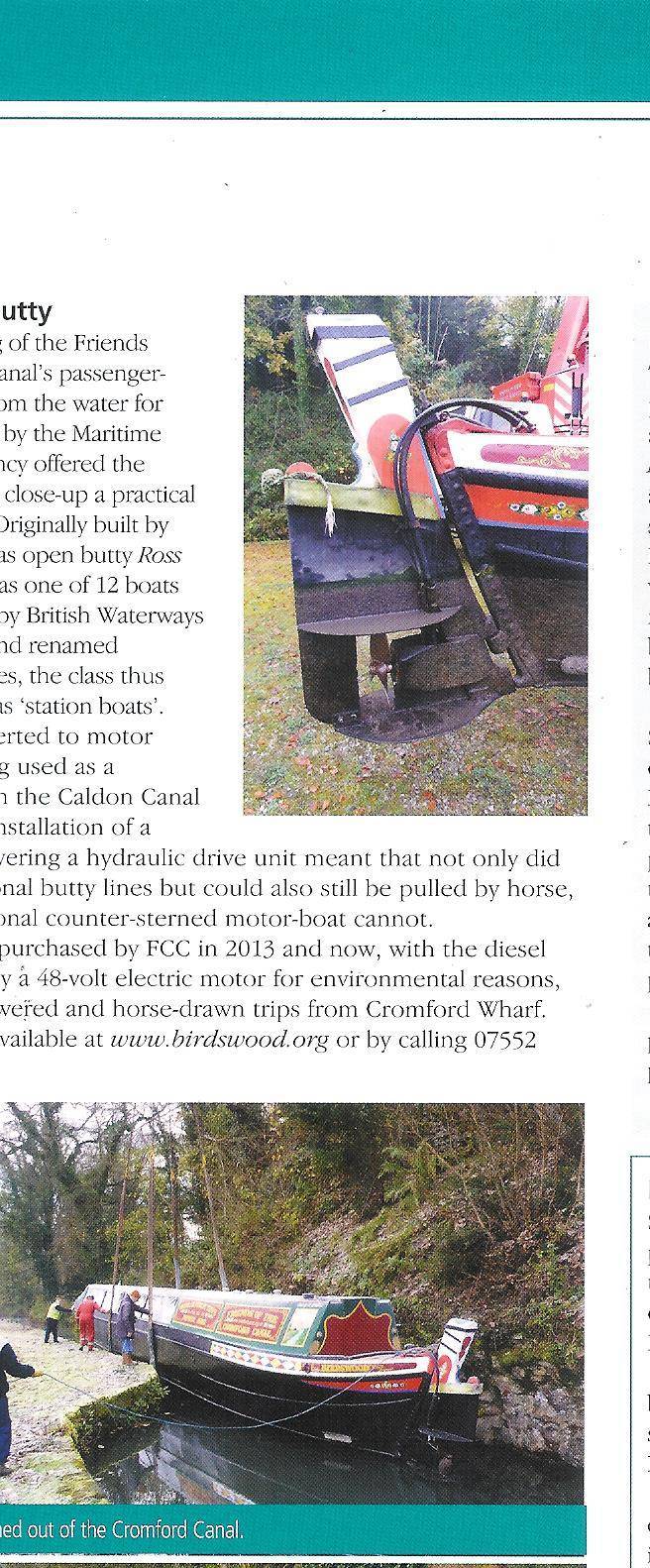
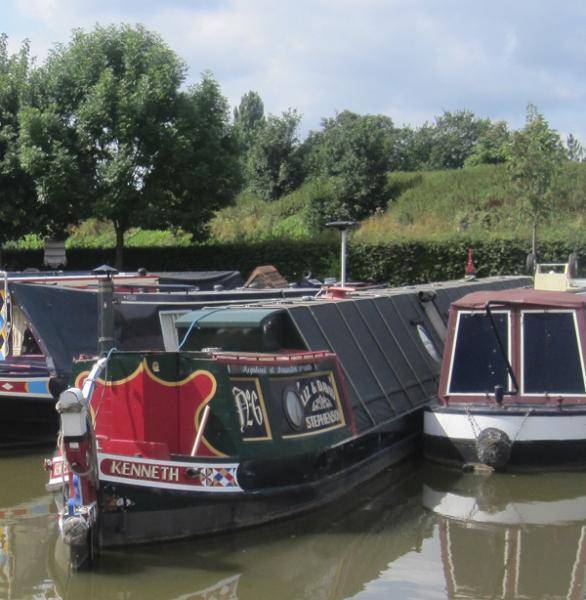
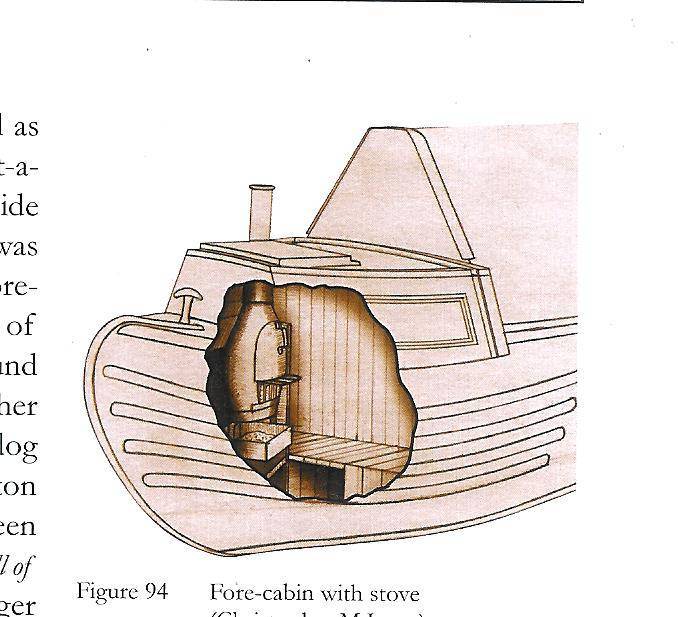
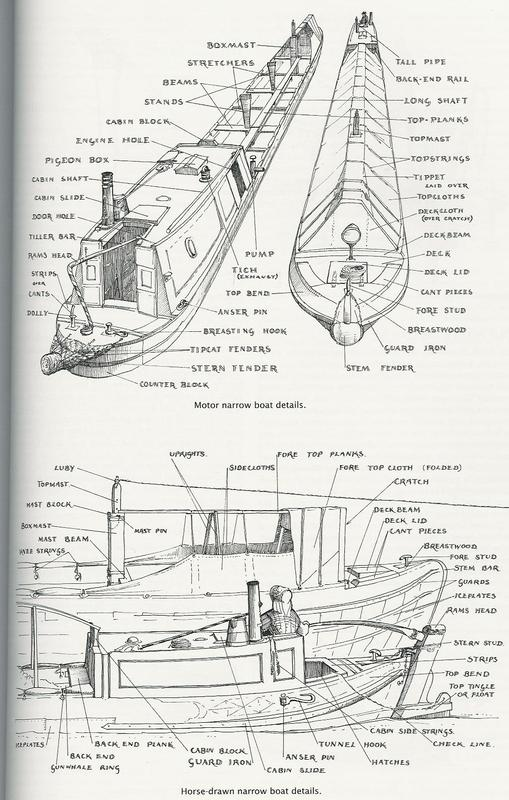
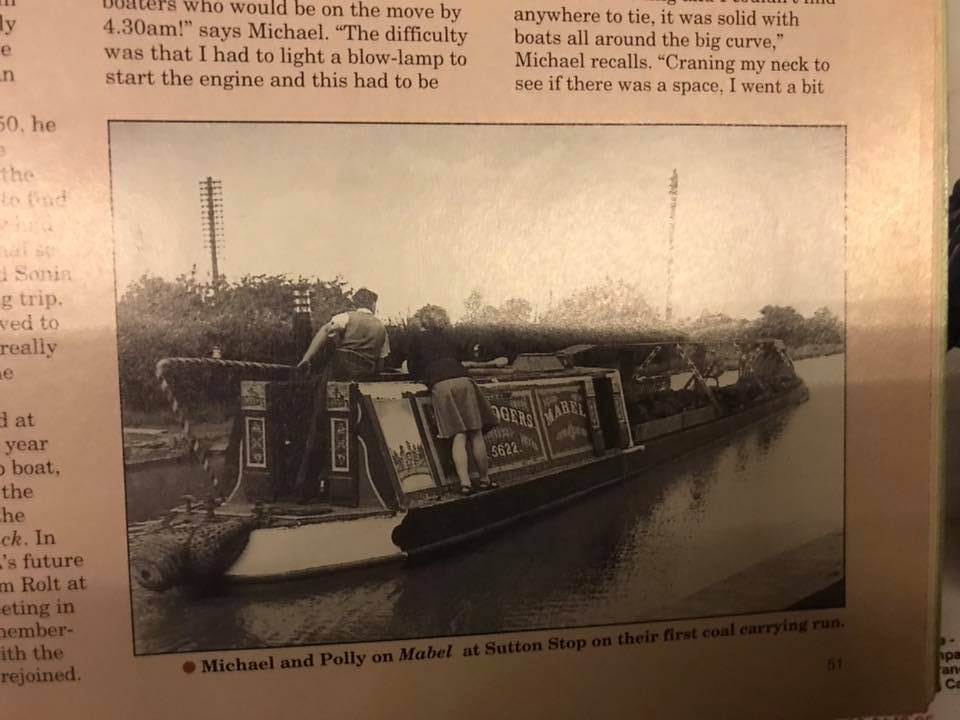
.jpg.b7ba402e8e35f80ae31d9a94c55673bc.jpg)
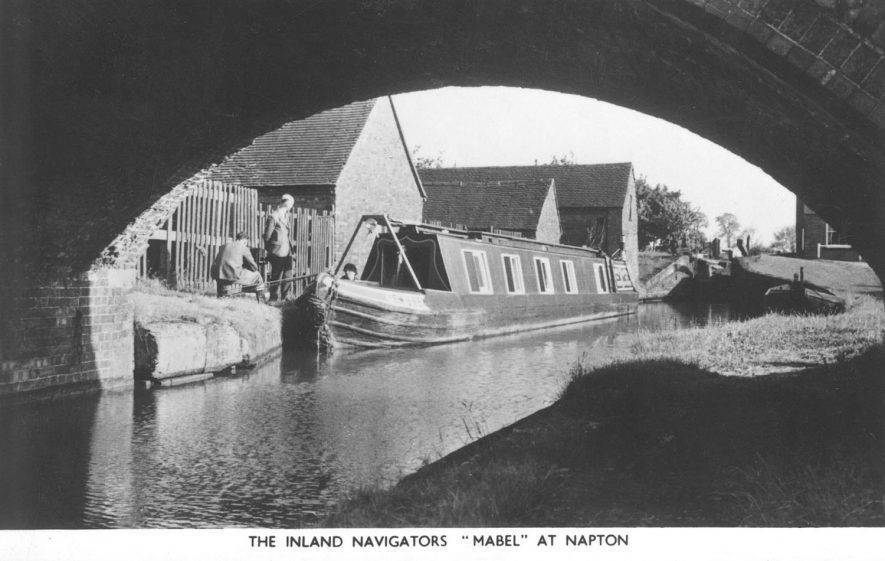
Tanker Narrowboats.
in History & Heritage
Posted